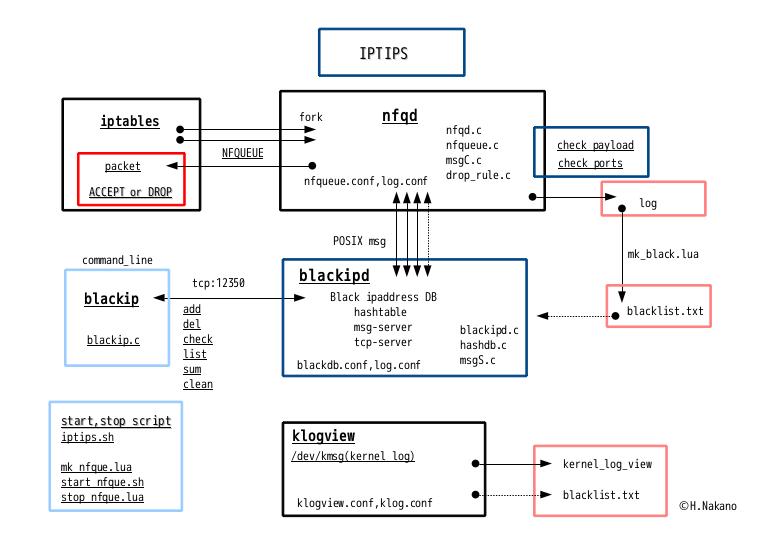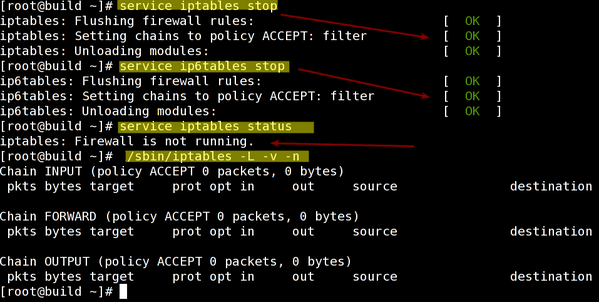

The first rule accepts all UDP traffic comes to eth1, and the number 3 is the rule order. $ iptables -I INPUT 4 -i eth1 -p udp -dport 80 -j DROP Look at the following rules to understand how rules ordering matters: $ iptables -I INPUT 3 -i eth1 -p udp -j ACCEPT You can insert your rules exactly where you want using the I flag. The sequence of the rules matters as you will see now. You can add it to the top by using -I option. The iptables places new rules at the end of the chain.

You should use the service name rather than a port number, which makes reading rules easier. All services names are in /etc/services file. You can use the service name like http or https instead of the numeric port number on sport or dport.

The third table is the mangle table for mangling packets.Įach table of the tables mentioned above contains chains these chains are the container of the rules of iptables. The second is the nat table, which handles NAT rules. The iptables filter table is the main table for processing the traffic. Netfilter has three tables that can carry rules for processing. The iptables command manages and configures Netfilter.īefore we start writing firewall commands, we need to understand the firewall structure a bit so we can write firewall rules easily. Netfilter can process incoming or outgoing traffic using the IP address and port number. The actions can be: accept, reject, ignore, or pass the packet on to other rules for more processing. If a packet matches any rule, the iptables will apply the rule action to that packet. These tables contain chains, and chains contain individual rules. Stateful firewall this type of firewall cares about all packets passed through it, so it knows the state of the connection.

Stateless firewall process each packet on its own, it means it doesn’t see other packets of the same connection. Iptables firewall functions are built on the Netfilter framework that is available in the Linux kernel for packets filtering. Then you can start it: $ systemctl start iptables Then install iptables service and enable it: $ yum install iptables-services If you are using CentOS 7, you will find that firewalld manages iptables, so if you want to go back to iptables, you have to stop and mask firewalld.


 0 kommentar(er)
0 kommentar(er)
